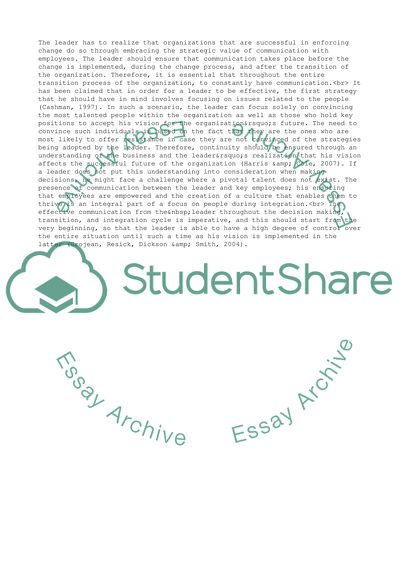Cite this document
(“Investigating Leadership Development practices in Private Sector in Literature review”, n.d.)
Investigating Leadership Development practices in Private Sector in Literature review. Retrieved from https://studentshare.org/business/1650386-investigating-leadership-development-practices-in-private-sector-in-oman
Investigating Leadership Development practices in Private Sector in Literature review. Retrieved from https://studentshare.org/business/1650386-investigating-leadership-development-practices-in-private-sector-in-oman
(Investigating Leadership Development Practices in Private Sector in Literature Review)
Investigating Leadership Development Practices in Private Sector in Literature Review. https://studentshare.org/business/1650386-investigating-leadership-development-practices-in-private-sector-in-oman.
Investigating Leadership Development Practices in Private Sector in Literature Review. https://studentshare.org/business/1650386-investigating-leadership-development-practices-in-private-sector-in-oman.
“Investigating Leadership Development Practices in Private Sector in Literature Review”, n.d. https://studentshare.org/business/1650386-investigating-leadership-development-practices-in-private-sector-in-oman.


